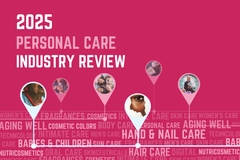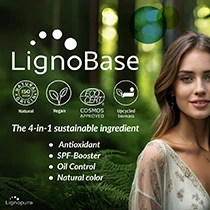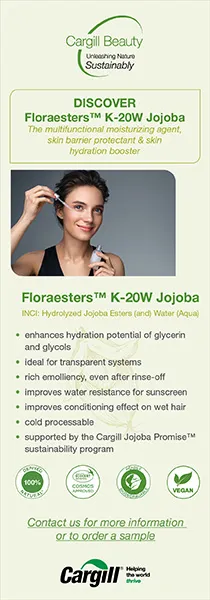EU reveals formaldehyde in 30% of cosmetic products raising safety and labeling concerns

20 Dec 2023 --- As the industry grapples with formaldehyde in cosmetic products, discussions around improved labeling standards and increased consumer protection are taking center stage to ensure safer and more transparent practices.
In a study spanning several years, the European Network of Official Cosmetics Control Laboratories (OCCLs) finds formaldehyde in cosmetic products.
Despite being a skin sensitizer and presumed carcinogen (category 1B) prohibited by EU legislation, formaldehyde was detected in approximately 30% of tested products. However, preservatives releasing formaldehyde can be used only if mentioned on the label.
OCCLs is concerned about consumer safety and labeling practices within the cosmetics industry. “When traces of formaldehyde cannot be ruled out, market surveillance authorities will need to look more closely into labeling requirements for the products concerned,” says the organization.
The study took place between 2018 and 2022, involving over 1,000 products from nine countries.
Cosmetic samples were mostly taken from retail shops (74%) and others were collected at other stages of the distribution chain, such as from importers and online.
These products were manufactured in 43 identified countries, with 59% manufactured in Europe. “They included different types of products, such as skin cleansing products (19%), skin care products (16%), nail varnish and remover products (13%), hair styling products (9%) and hair coloring products (9%),” details OCCLs. The European Directorate for the Quality of Medicines & HealthCare oversees the OCCL network.
The European Directorate for the Quality of Medicines & HealthCare oversees the OCCL network.
Lack of transparency poses a potential safety risk
The study revealed a “good” overall compliance level regarding formaldehyde presence.
“The percentage of non-compliant products due to formaldehyde was only 1%,” finds OCCLs. “The overall compliance of products tested in this market surveillance study was 86%.”
However, 16% of the tested cosmetics containing formaldehyde at levels higher than ten ppm did not declare the ingredient on their labels. The lack of transparency poses a potential safety risk for sensitized consumers, warns OCCLs.
Moreover, the absence of a legal obligation to disclose “contains formaldehyde” on such products underscores the need for market surveillance authorities to reassess labeling requirements.
Exceptions require labeling
According to the study, formaldehyde releasers, including DMDM hydantoin, diazolidinyl urea and imidazolidinyl urea, were most frequently used in the tested products.
These preservatives are allowed under the cosmetics Regulation (EC) No 1223/2009, however, the study emphasizes the importance of following labeling guidelines where products containing formaldehyde releasers exceeding a threshold, must have a warning label.
“The threshold was 0.05% at the time the market surveillance was run. Based on the scientific advice of the Scientific Committee on Consumer Safety, the threshold was decreased to 0.001% (10 ppm) as of July 31 2022,” says OCCLs.
Edited by Venya Patel












